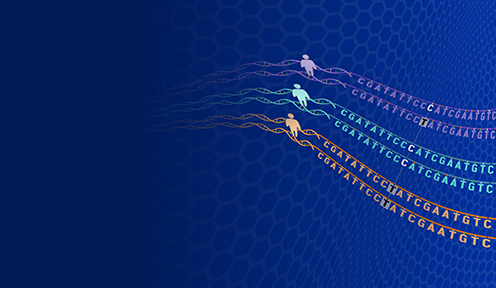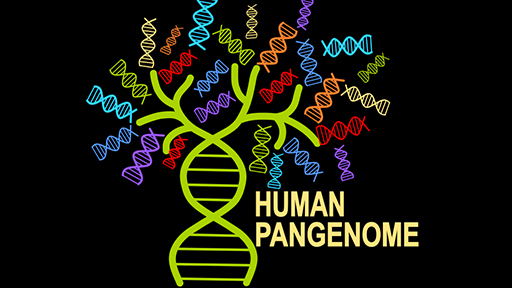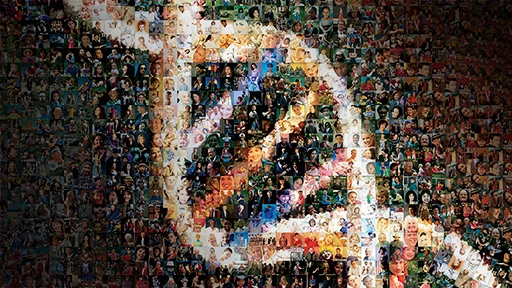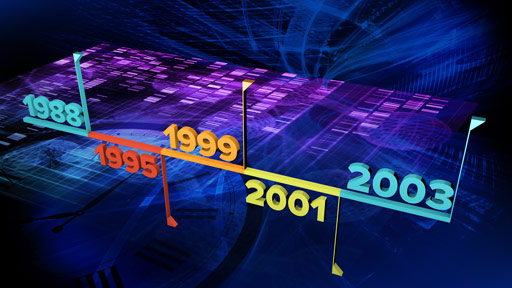The NHGRI-funded Human Pangenome Reference Consortium has released a high-quality collection of human genome reference sequences, which together comprise a human “pangenome” reference. Encompassing genome sequences from 47 people of diverse ancestries (with the goal of increasing that number to 350 by mid-2024), the human pangenome reference captures significantly more population diversity than the previous reference sequence.
Human pangenome
Nature
Volume 617 Issue 7960, 11 May 2023
The cover shows the pangenome wrapping a globe and uses a sequence tube map rendering of a pangenome graph relating ten haplotypes within the highly variable HLA-A locus on chromosome 6 created by Adam Novak at the University of California, Santa Cruz.
Cover image: Darryl Leja/NHGRI
Read More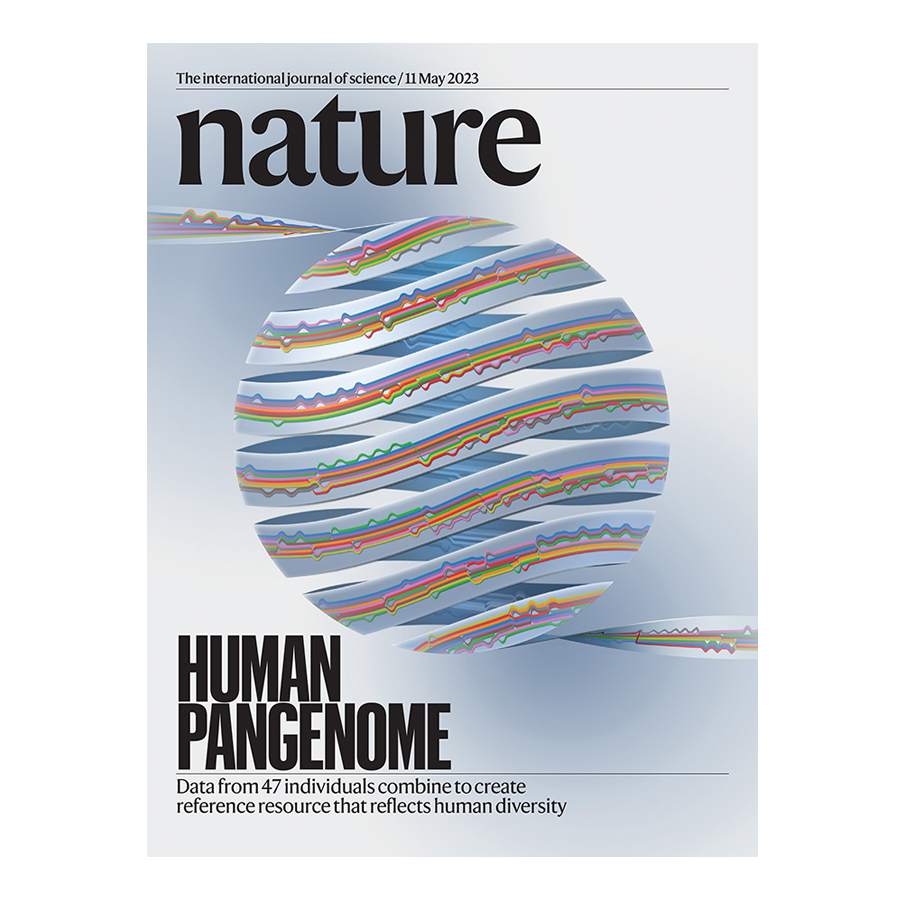
Infographic: Why do we need a new human pangenome reference?
The original human genome reference sequence was generated by the Human Genome Project in 2003. While this reference sequence has been regularly updated as researchers fixed errors and filled in missing regions of the genome, it only reflected data generated from about 20 people. Most of that first human genome reference sequence was just from one person. The previous human genome reference sequence is only 92% complete, with an estimated 8% of the human genome missing because of gaps in the sequence. The new human pangenome reference is more comprehensive and incorporates the missing 8% of the human genome sequence, adding over 100 million new bases.
Learn More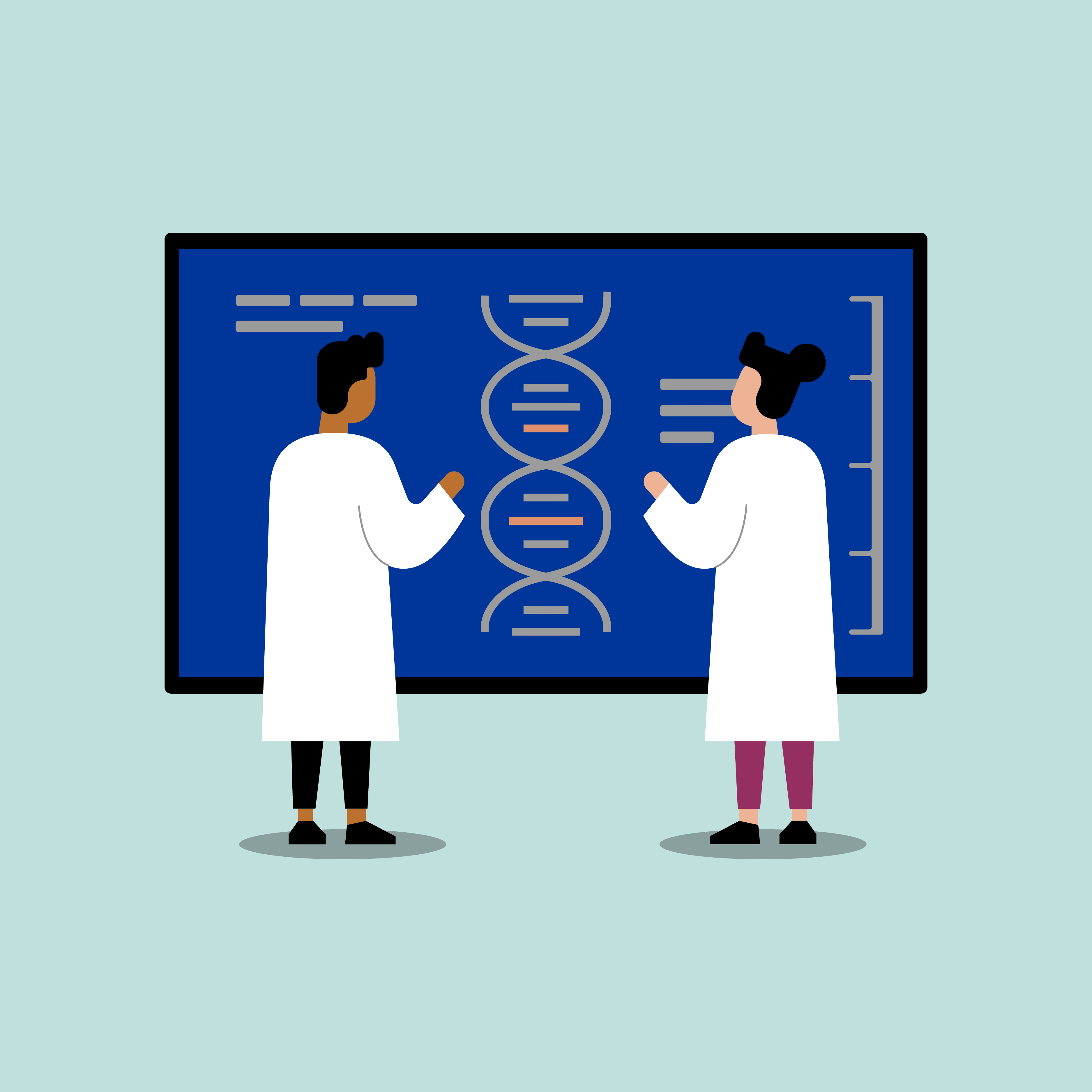
Last updated: June 1, 2023


